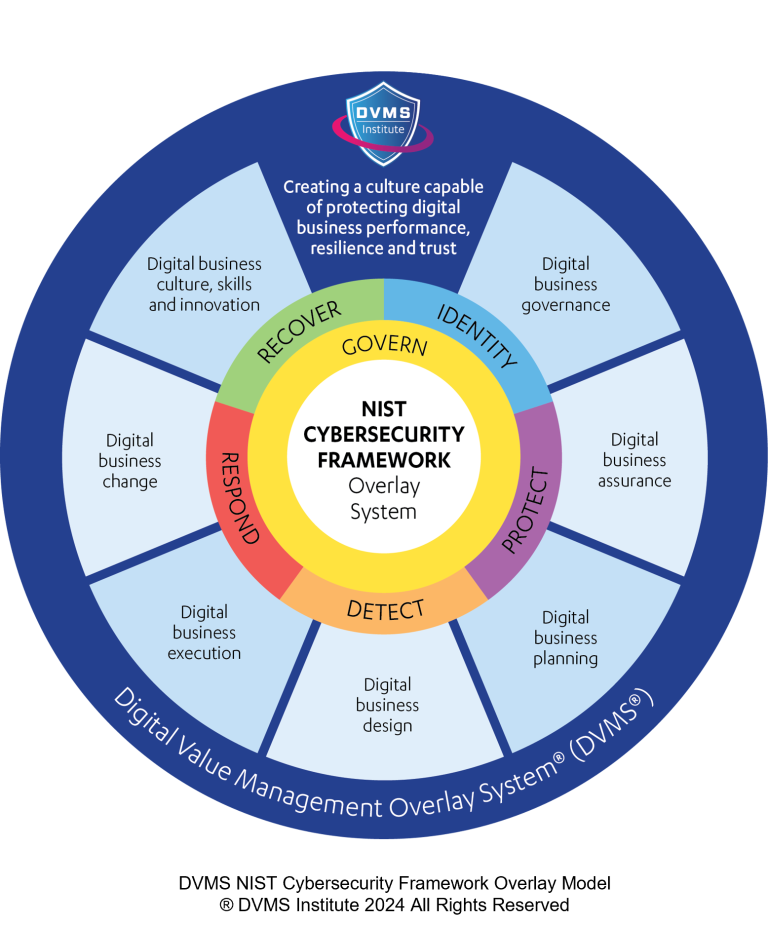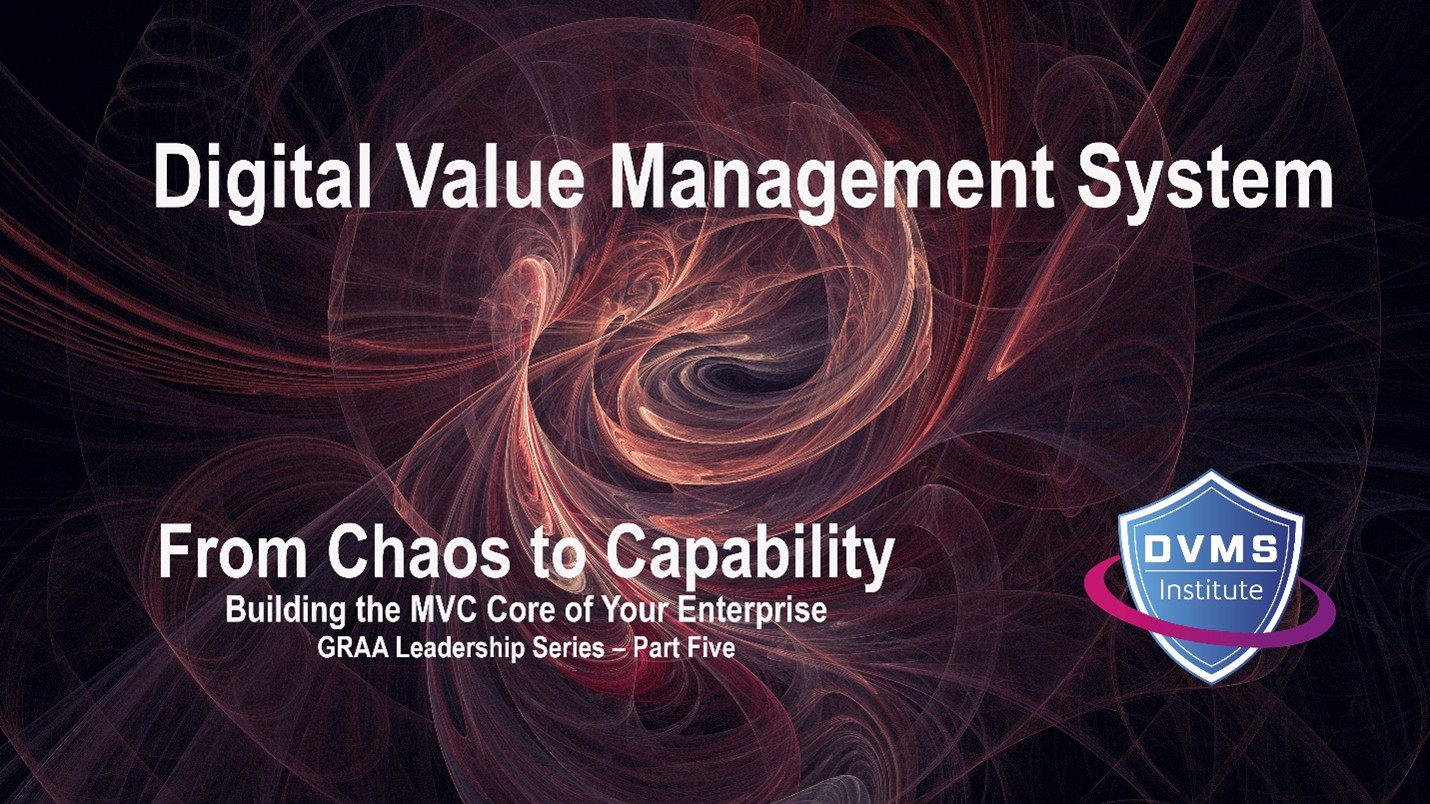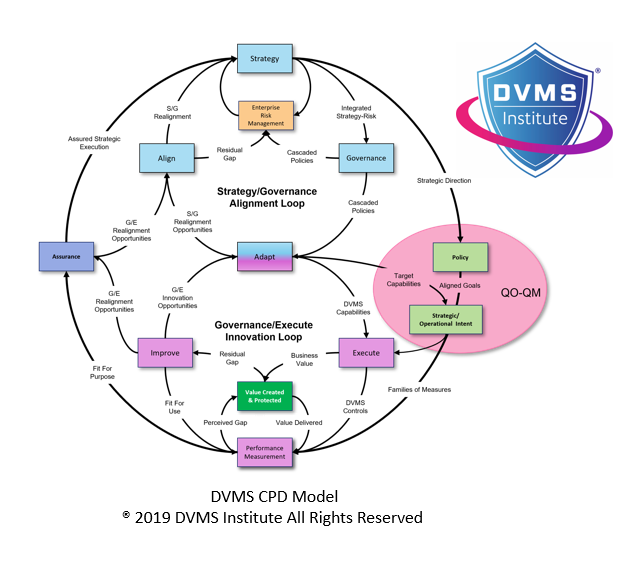The Unmanageable Enigma: Human Risk Management
Rick Lemieux – Co-Founder and Chief Product Officer of the DVMS Institute
Human risk, the potential for human error, negligence, or malicious intent to compromise an organization, is an inherent and pervasive challenge in any organization. While technology and processes can be designed to mitigate risks, the unpredictability and complexity of human behavior make it impossible to eliminate human risk.
One of the fundamental reasons human risks are unmanageable is the inherent variability of human behavior. Individuals differ significantly in their decision-making abilities, attention to detail, and susceptibility to social engineering. Even the most experienced and well-trained employees can make mistakes or succumb to lapses in judgment. This unpredictability makes it difficult to anticipate and prevent human errors.
Moreover, various factors often influence human risk, including emotions, stress, fatigue, and personal motivations. These factors can significantly impact an individual’s decision-making and behavior, making predicting how to respond to different situations challenging. For example, a stressed employee may be more likely to make mistakes or to be more susceptible to phishing attacks.
Another significant challenge in managing human risk is identifying and assessing potential threats. Human risks are often subtle and complex, unlike technical vulnerabilities, which can be detected and addressed through automated tools. Assessing an individual’s trustworthiness, honesty, or potential for malicious behavior can be challenging. Additionally, human risks can evolve, making it difficult to keep up with changing threats.
Furthermore, human risk is often exacerbated by organizational factors, such as a lack of training, poor communication, and a culture that does not prioritize digital risk management. When employees are not adequately trained or informed about digital risks, they are more likely to make mistakes or to be vulnerable to attacks. Additionally, a culture that does not prioritize digital risk management can create a permissive environment where employees may be less likely to report suspicious activity or to follow digital risk management procedures.
The complexity of human risk also makes it challenging to develop effective countermeasures. While technology-based solutions, such as access controls and intrusion detection systems, can help to mitigate some risks, they cannot eliminate the threat of human error. Human risk mitigation strategies often involve behavioral interventions, such as training, awareness programs, and policies. However, these interventions can be challenging to implement and may not be effective for all individuals.
Human risk is an inherent and pervasive challenge that is impossible to eliminate. The variability of human behavior, the influence of emotions and stress, the difficulty of identifying threats, organizational factors, and the complexity of developing effective countermeasures all contribute to its unmanageability. While organizations can take steps to mitigate human risk, it is essential to recognize these efforts’ limitations and be prepared for the inevitable occurrence of human errors.
About the Author

Rick Lemieux
Co-Founder and Chief Product Officer of the DVMS Institute
The DVMS Institute teaches organizations of any size, scale, or complexity an affordable approach to mitigating cyber risk to protect digital business performance, resilience, and trust.
Rick has 40+ years of passion and experience creating solutions to give organizations a competitive edge in their service markets. In 2015, Rick was identified as one of the top five IT Entrepreneurs in the State of Rhode Island by the TECH 10 awards for developing innovative training and mentoring solutions for boards, senior executives, and operational stakeholders.
® DVMS Institute 2024 All Rights Reserved




